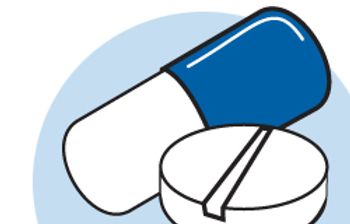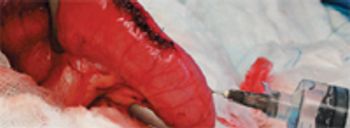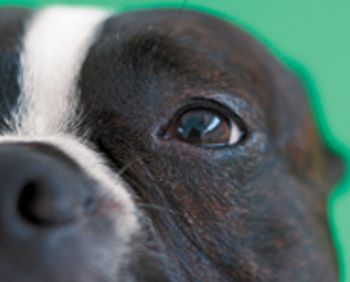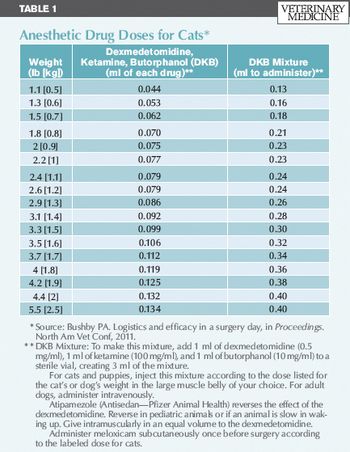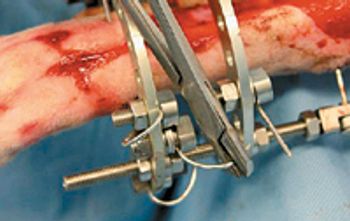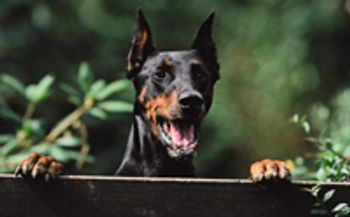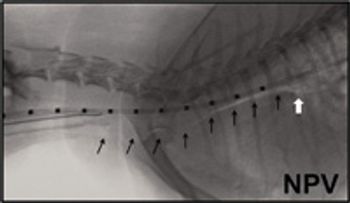
As with any surgical procedure in any species; prior to cutting it is important to familiarize oneself with the relevant anatomical and physiological details of the species. A very detailed discussion of these two topics is beyond the scope of this presentation but the reader is strongly advised to familiarize oneself with these topics by the references listed below.
